
The need for speed: Why faster threat detection is imperative for today's enterprise
Cyberattacks are happening more frequently and with greater sophistication. As a result, rapid threat detection and response is critical to finding threat actors and minimizing their impact on the enterprise. This task is easier said than done. Information security teams are understaffed and the digital infrastructures they must protect continue to increase in complexity. Time is also of the essence.
Every passing second dangerously prolongs a threat actor’s presence within the network, creating additional backdoors, pilfering critical data and assets, and increasing their chances of absconding with the crown jewels. In those especially urgent moments, when the security team is literally all hands-on deck, there isn’t time to run queries through a number of different tools and wait for results to come back. Security teams need real-time insights they can act upon quickly.
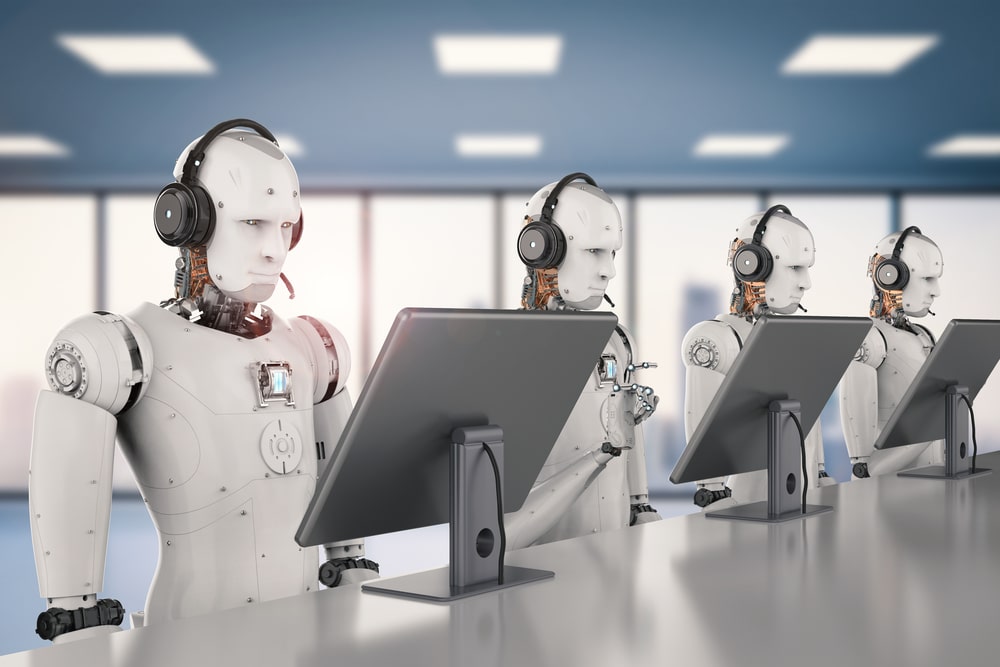
The true impact of digital technology on your workforce efficiency
We know technology has had an impact on every area of our lives. We can manage almost our entire lives through our smartphones, from arranging appointments to paying bills. Technological innovations have also found a way into the workplace, completely revolutionizing the way we work.
As technology is embedded into workplaces, it can unsettle workers. With technologies including artificial intelligence and automation able to replicate elements of our jobs, it’s easy to see why. Half of UK workers believe they may be replaced by automation, AI, or robots in the next decade. A further 61 percent are concerned about AI.

The rise of ransomware: How to protect a modern company
In 2021, the cost of ransomware attacks is expected to exceed more than $20 billion worldwide. Ransomware has emerged as one of the most lucrative, elusive, and easy-to-implement methods of cyber-attack currently available. Being able to hold a company, its operations, and its data completely hostage presents a great opportunity for malicious hackers looking to maximize their earnings. This is made more attractive by the fact that many businesses lack the preparation necessary to sufficiently protect themselves from ransomware attacks. In a world where companies have become increasingly reliant on technology to store, manage, and facilitate their data and processes, business security solutions have never been more important.
The goal of this article is to analyze the rise of ransomware attacks and identify the ways in which an organization should protect itself against this increasingly popular form of cybercriminal activity.

The role of Information Technology in elevating customer experience
"Exceptional service" has always been a key customer demand over the years. But customers today expect more -- a combination of customized insights, connected interactions and an agile approach in addition to exceptional customer service. Therefore, while focusing on customer experience, communication and connection become highly crucial.
The recent pandemic and the process of businesses overcoming it have further brought to the spotlight the need for customer experience backed by flexible technology support and exceptional customer satisfaction, especially during adverse times. Information Technology (IT) has a significant role in providing the exceptional service and connected experience customers have always demanded.
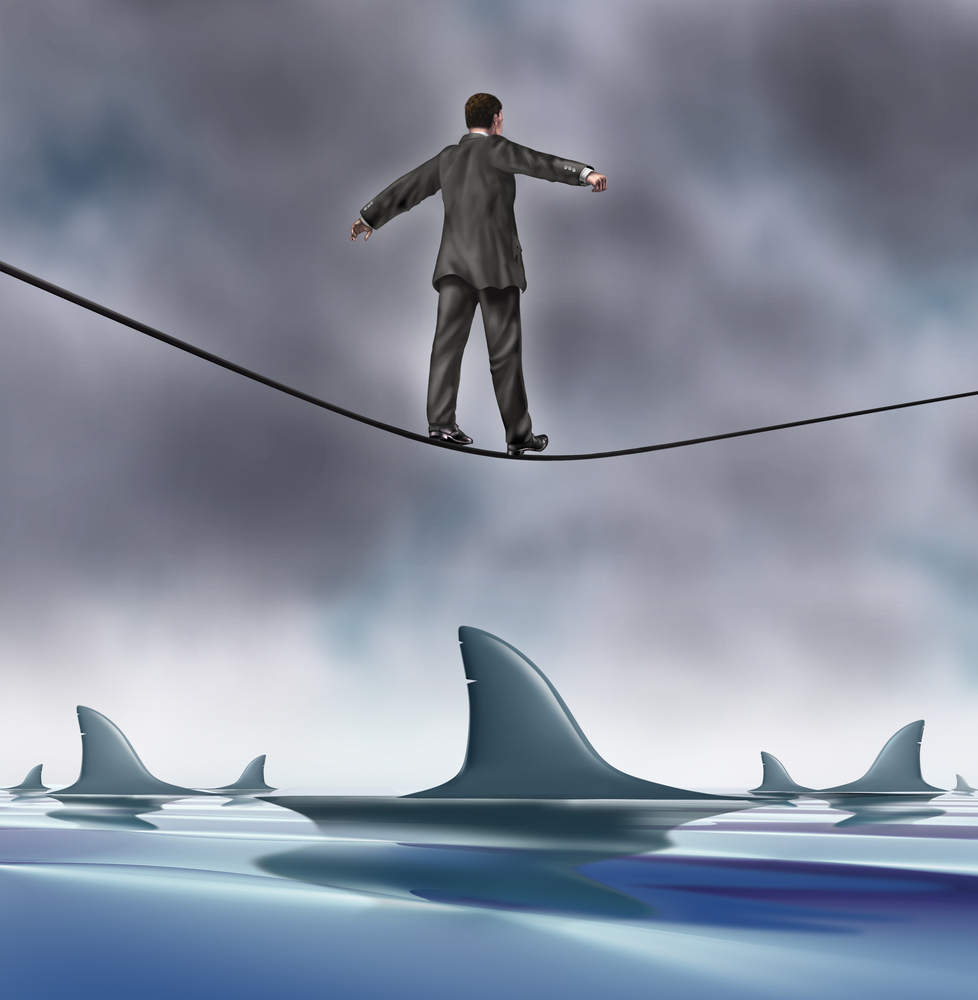
The most destructive cybersecurity threats in 2021
With companies relying more on technology, such as web applications, third-party solutions, and cloud computing than ever before, corporate cybersecurity has had to become the backbone of modern businesses. In the presence of remote work environments where IoT security has never been more vulnerable, companies need to effectively and quickly adapt to the rapidly evolving methods and techniques that hackers are beginning to employ.
Business vulnerabilities like a weak human firewall could lead to an increased susceptibility to a variety of cybersecurity attacks, such as ransomware and DDOS attacks. But despite all of these challenges, comprehensive and reliable cybersecurity solutions are very much achievable when approached correctly. In order to protect yourself against contemporary security threats, however, one must first understand the threats and risks they are trying to prevent and mitigate.

Top industries on which AI and ML will have the greatest impact
Artificial intelligence (AI) and machine learning (ML) have been two of the most disruptive technological advancements of the past several years.
Gartner predicts that by 2024, 75 percent of enterprises have shifted from AI pilot stage implementation to operationalization. Their effects have been wide-ranging and promise to continue into the foreseeable future. Businesses will gain a substantial competitive advantage by capitalizing on the benefits of AI and ML.

How to avoid social engineering attacks
Social engineering is a method of obtaining confidential information by psychologically manipulating or deceiving people to pursue a certain course of action. It is a popular tactic among hackers as it is easier to exploit human psychology rather than hacking a network or looking for security vulnerabilities.
The following are the most common forms of digital social engineering assaults:

Putting data in context with knowledge graphs
Knowledge graphs aren’t new, but they’re the latest and greatest trend as people and companies realize just how versatile they are. Whether your e-commerce business needs to offer your customers better product recommendations and targeted coupons or your payment processor needs to provide fraud detection on a massive, real-time dataset, a knowledge graph can be fundamental to your success.
Learn more about how knowledge graphs are already shaping your life and how they can transform your business.
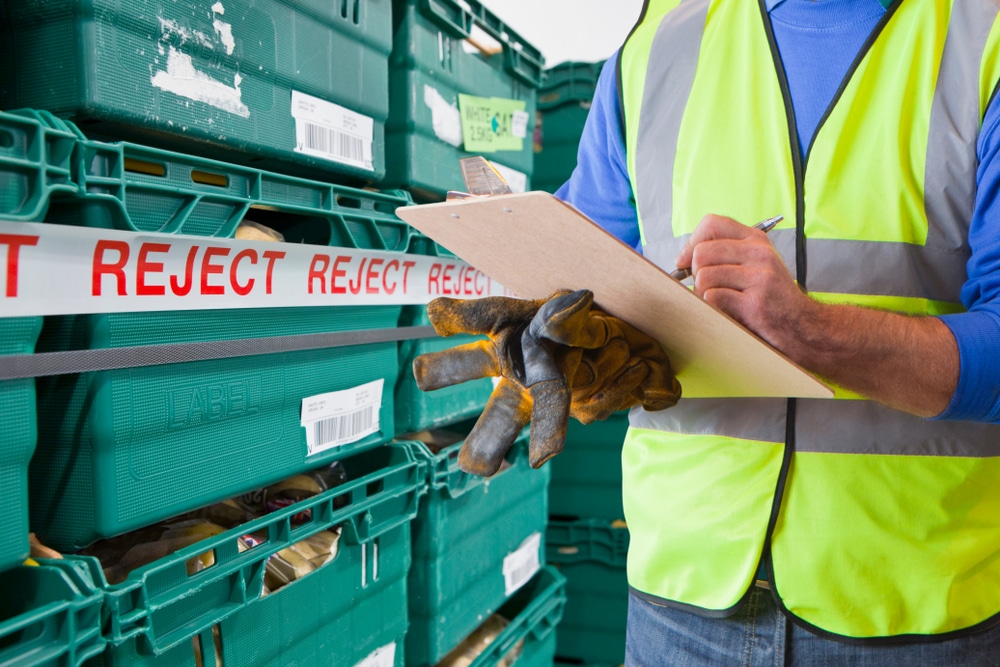
Technological advancements in waste management
As we know technology is rapidly evolving and has been for the last few years however, for the waste management sector there has a slow up take on technology, and it uses within the industry. Going off leading figures, it is all set to change as various technologies, apps and methods are being introduced to the waste management world.
From science to smartphones, food waste to recycling, join us as we take a look through the latest technologies that are supporting the waste management’s progress.
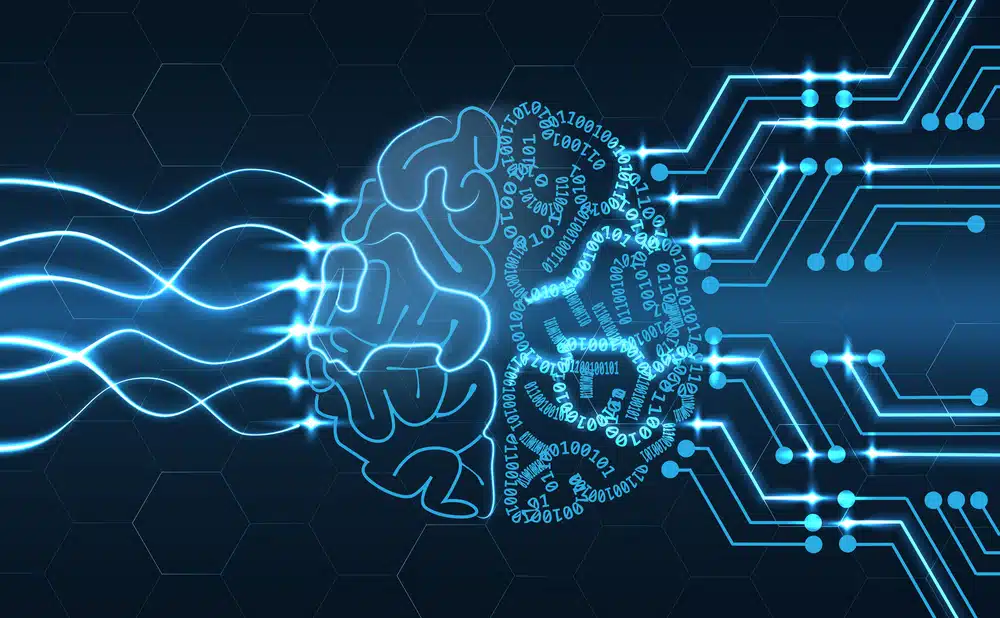
How to address the FTC guidance on AI today
The Federal Trade Commission (FTC) recently published a blog entitled "Aiming for truth, fairness, and equity in your company's use of AI" that should serve as a shot across the bow for the large number of companies regulated by the FTC.
Signaling a stronger regulatory stance on deployed algorithms, the FTC highlights some of the issues with AI bias and unfair treatment and states that existing FTC regulations -- such as the Fair Credit Reporting Act, the Equal Credit Opportunity Act, and the FTC ACT -- all still apply and will be enforced with algorithmic decision-making.

Leveraging AI to close the application knowledge gap
As we move further into the digital age, technologies need to evolve quickly enough to support the constantly changing needs of the modern enterprise. While cloud computing has surged in popularity in recent years, most organizations must simultaneously continue to rely on their legacy systems for many of their core functions.
Despite the cloud’s ability to minimize IT infrastructure costs and adjust resources to meet fluctuating and unpredictable demand while getting applications up and running faster, 71 percent of the Fortune 500 and more than 90 percent of the world’s largest 100 banks, 10 largest insurance companies and 25 largest retailers in the U.S. all continue to depend on outdated systems to power their mission-critical applications.
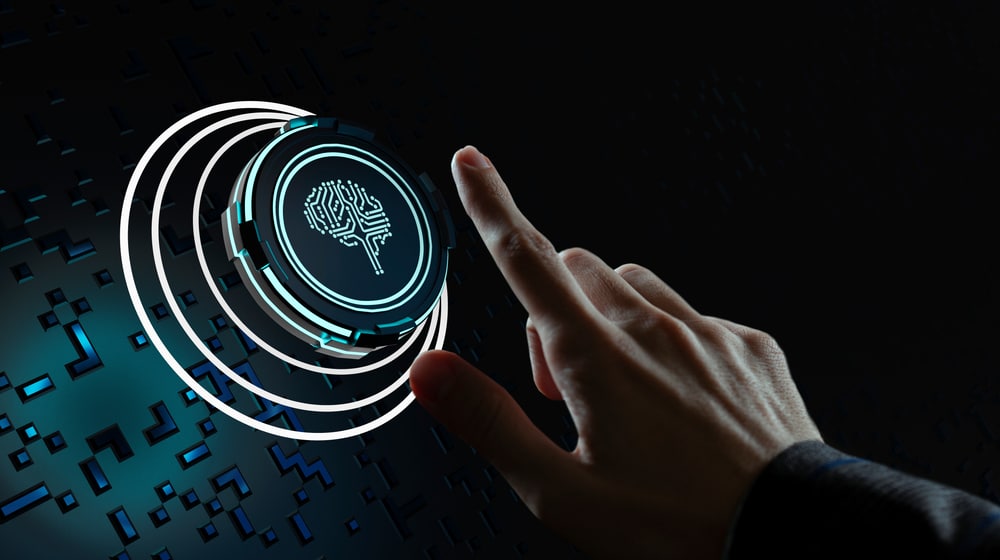
Decision intelligence: The future of analytics
Decision intelligence is a new, powerful practice of using information to make more efficient decisions at scale. Often touted as "the new business intelligence (BI)," decision intelligence promises to take the insights from dashboards a step further than just pretty charts based on data. Decision intelligence effectively extracts value from data, giving decision-makers easy-to-consume answers -- often based on disparate datasets or multiple machine learning models.
Leading analyst firms, such as Gartner Research, are predicting that decision intelligence will become a major factor in enterprise decision-making in the near future. In fact, Gartner predicts that 33 percent of large enterprises will have analysts that practice decision intelligence by 2023. Let’s explore more about how enterprises can transform their decision-making with decision intelligence.
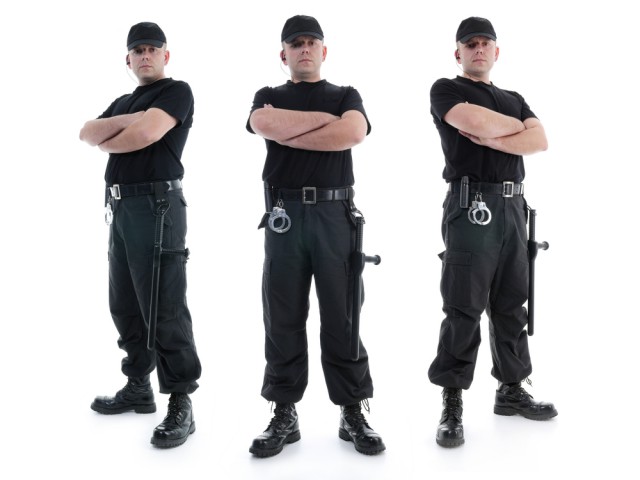
No security experts on staff? You can still have a robust cybersecurity program
Over the last 12 months, you certainly have heard about an increasingly complex and sophisticated barrage of cyber threats. However, if your business has a limited number of IT staff and resources, you may be questioning whether having comprehensive data protection is even possible. As we have seen, cyber-attacks are not only impacting larger enterprise organizations. They affect companies of all sizes, many of which can’t afford to build and manage a Security Operations Center (SOC) with technology and skilled security staff needed to detect and contain these attacks 24 hours a day.
It may feel daunting as a smaller organization, cybercriminals might have an inherent advantage. However, many small to midsize organizations are still relying solely on basic protection like anti-virus and firewalls. Just having these baseline protections is simply not enough, and you do not have the luxury of just ignoring the situation.
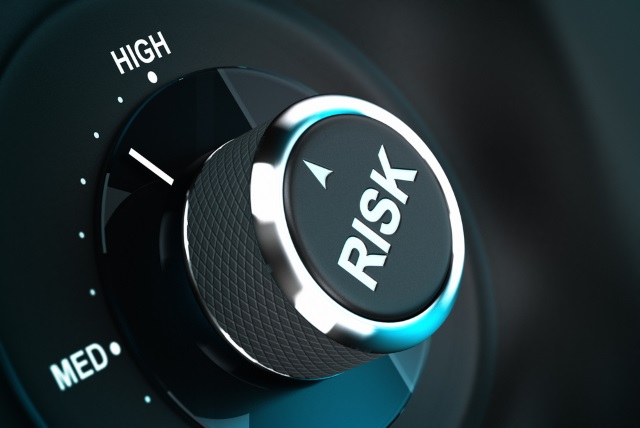
Why leaders need cyber risk quantification to survive
Risk is all around us. Driving down the road in our car or eating certain foods could be considered risks we assess on a daily basis. We just don’t notice we’re making those assessments because they’re subconscious. Most of the time, we don’t actively quantify a risk unless it poses clear and present danger. For example, you might avoid walking down a dark alley at night because the potential threat is clear to you -- but eating a Big Mac or Whopper frequently is likely just as threatening to your health, you just won’t come face-to-face with those threats until years down the road.
Business leaders approach risk within their company the same way. For example, a clear and present danger with Microsoft Exchange’s zero-day vulnerability led companies to quickly jump on patches that would safeguard their business from harm. But, every day, we overlook the inherent risks in our employee base, IP, supply chain and more.

6 automation trends in 2021
Automation has becoming more prominent around the world in recent years. In 2021, this increase in adoption has led to automation being present in a variety of business industries, as well as in consumer’s homes.
To learn more about the exciting happenings shaping automation progress this year, just keep reading.

